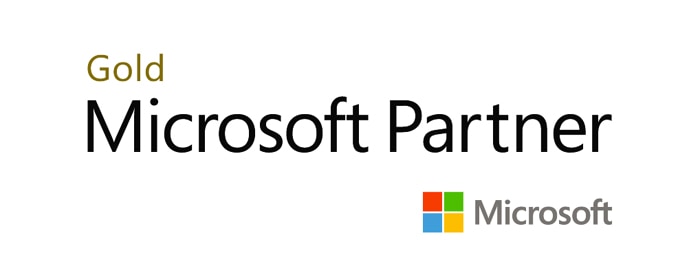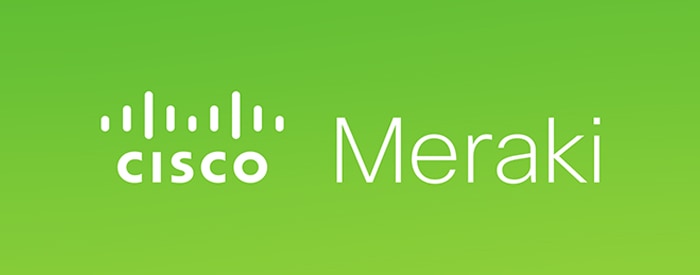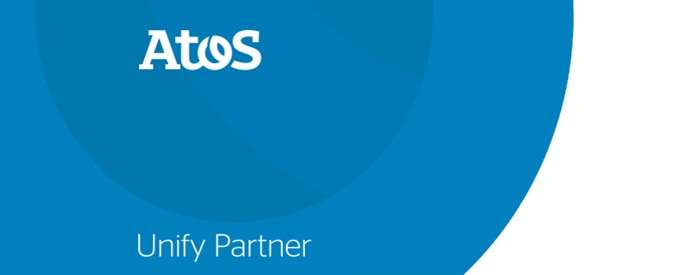With mobile signals, in a similar manner to sound, low frequencies spend less of their energy ‘going up and down’, so they can travel further. In addition to travelling further, they can penetrate buildings better, thereby reaching users indoors. In fact, more than 60% of calls are made in buildings.
In contrast, high frequencies can transfer much higher amounts of data but use up all their energy going up and down. Therefore, they have shorter ranges and do not penetrate buildings as well.
So, if you build a mobile network of masts using higher frequencies, you need masts at shorter intervals. In all directions, this means a frequency of 1800Mhz will need four times as many masts as a network using 900Mhz.
Initially, the Orange and T-Mobile networks were separate, operating on a PCN (private communications network) basis with higher frequencies. These were licences issued to the new entrants to the UK market with the intention of increasing competition. They were initially presented as ‘1-2-1’ and ‘Orange’. They often used higher frequencies which were good at providing faster data transfer but meant the Network Operators had to use more short-range masts than the traditional Vodafone and O2 networks (which operate on lower, longer range frequencies).
When EE was formed, it combined the masts from both T-Mobile’s 1-2-1 and Orange. This allowed EE to become the largest network, and with the help of a very successful advertising campaign by Kevin Bacon, took a lead in providing 4G across the UK.
Not to be left behind, O2 and Vodafone were then allowed to share masts (but not combine their businesses to keep competition buoyant). In the ‘Beacon mast sharing agreement’, the two networks went from 11,000 masts to more than 19,000 and were able to roll-out 4G to 98% of the UK population, with good indoor coverage by the end of 2018.
This mast-sharing agreement has been extended to the new 5G network, making for a much more balanced network quality throughout the UK. There is speculation that the generally lower frequency O2/Vodafone network, now has the edge on competitors due to its better indoor coverage, fewer masts and longer-range signals.
If 4G can use 900 and 1800 frequencies, 5G uses much high frequencies, with 3600 to 3800 being those frequency allocated. This means many more masts with very short ranges, but high data rates delivered due to the signal going up and down a lot. In the centre of Birmingham, where our offices are close to the Utilita Arena Birmingham (formerly the National Indoor Arena), we enjoy download speeds of 240MB.
5G is designed to be an urban signal and will work best outdoors, do not expect it to be in your local village anytime soon, but this no drawback for most as 4G is plenty fast enough to stream HD video and has widespread coverage.
In 2021, the price of 5G compatible handsets is falling, making these devices more affordable, with prices starting around £250. By the end of 2023, most handset and tablets will be 5G capable.
In contrast, high frequencies can transfer much higher amounts of data but use up all their energy going up and down. Therefore, they have shorter ranges and do not penetrate buildings as well.
Midland Telecom and IT is an independent provider of mobile networks and as such, it is impartial to your choice of network. In fact, you can have mixed networks on the same bill. So, a staff member who can only get EE at home, can have EE, while the rest of your staff can have the mainstream network of your choice. We offer a 14-day coverage guarantee to all our customers. If you are not happy with your signal, we will change you to another network free of charge.
If a local mast fails and has an unacceptable repair time then we will offer you the choice of changing networks in the UK, or we will provide you with a temporary second SIM (or eSIM) until the problem is rectified. In the meantime, we will forward your calls to the temporary SIM.
Whether it be a house move, an office move, or you simply fancy a change, we can change any SIM for a one-off fee of £35.00 + VAT.

If a staff member leaves and you need to keep the connection but change the number, we can issue a new number.
If they want to port in their own number or port out their own number, you can do that too.
If a staff member leaves and you no longer need a plan for that person, you can end it at any time, for the one-off fee of £35.00 + VAT.

Midland Telecom and IT is the ideal partner to assist you in beefing up your Wi-Fi and getting mobile signals through your firewall.
The technology to have your mobile signal fed from an IP-based network source, fed across the internet and out of a broadband through a standard Wi-Fi signal now exists. Basically, this is a type of voice over IP (VoIP). Your smartphone will be able to switch to this signal if it finds the traditional signal is too weak. By using Wireless access points or existing Wi-Fi within a building, this can help overcome the problem of blackspots.
This is now a common feature on popular smartphones, with most Samsung and Apple devices now have the capability of a second SIM, sometimes eSIMS (which are used by Apple). Samsung is different, it has two nano SIMs in its SIM tray and a memory storage microSD slot too. Midland Telecom and IT has a great PAYG deal on a second eSIM or nano SIM. So, if you have 02 or Vodafone as your primary SIM, we can give you a back- up SIM on EE for those difficult to reach areas, where one network might not be able to get a signal. This also comes in handy when you want to add a ‘local SIM’ when you are abroad.
If your office has a cloud-based or VoIP telephone system, this can be programmed to call you using both numbers. Midland Telecom and IT has a sophisticated version that can detect voice mail answering calls and passes the call on to the next number, to try and get a real person to answer.
Some networks offer access to public Wi-Fi, but where this is available you often find there is free local Wi-Fi access to patrons of mainly fast food, coffee shops and retail establishments.
Signal repeaters take a weaker mobile signal on an outside wall to where there is a stronger signal, overcoming blackspots and helping you achieve a 5-bar signal.
The repeater kit consists of a ‘Yagi’ external aerial, a shielded co-ax cable and a series of ‘Omni’ aerials to broadcast the signal inside a building.







